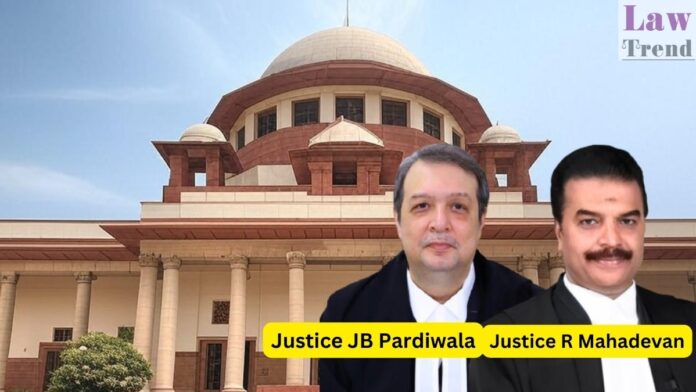The Supreme Court of India, in Kaniz Ahmed vs Sabuddin & Ors. (SLP (C) Nos.12199-12200/2025), has dismissed a plea seeking regularisation of unauthorised construction, affirming the Calcutta High Court’s order that mandated demolition of illegally constructed floors and strict enforcement action. A Bench comprising Justice J.B. Pardiwala and Justice R. Mahadevan commended the High Court




